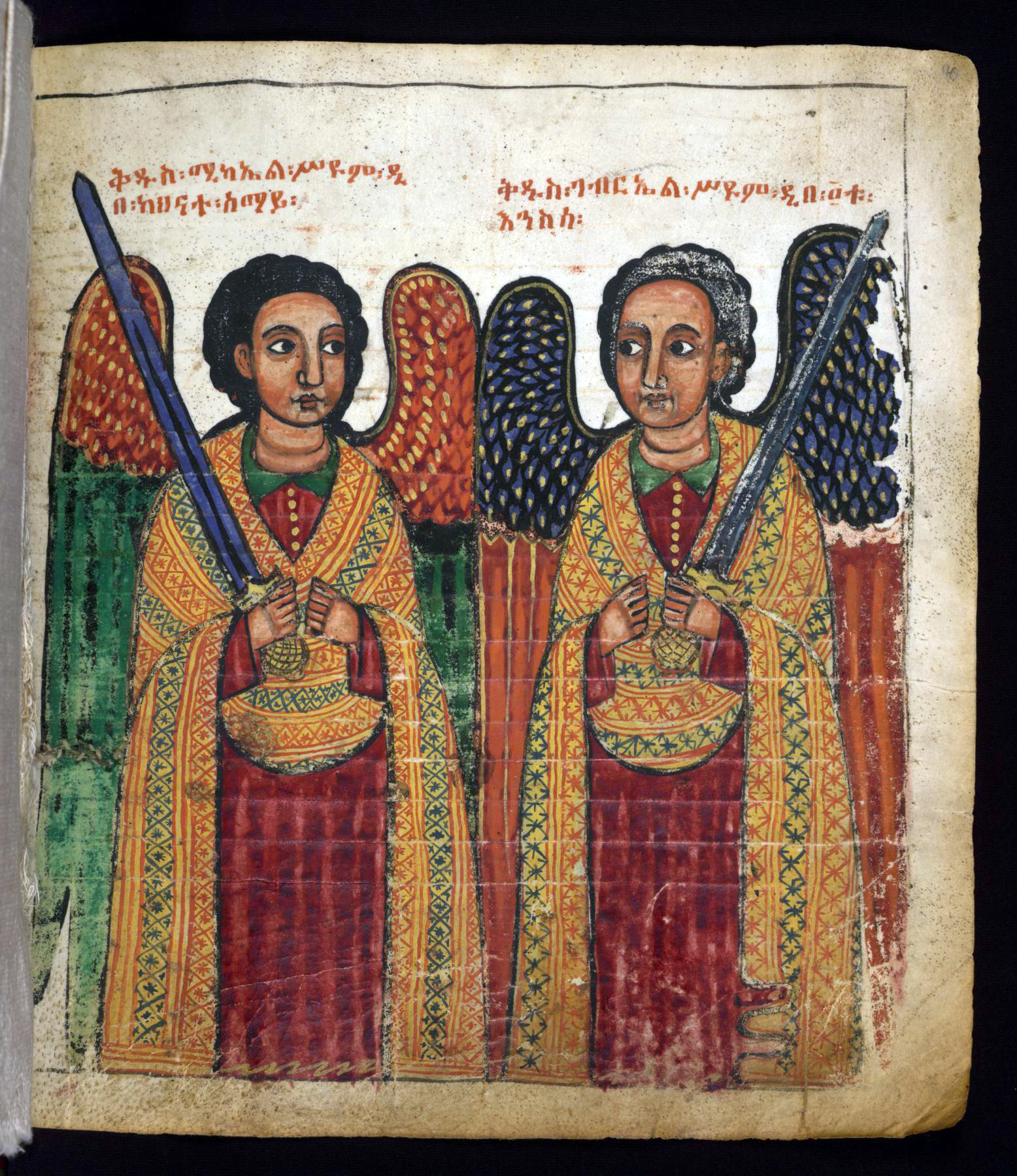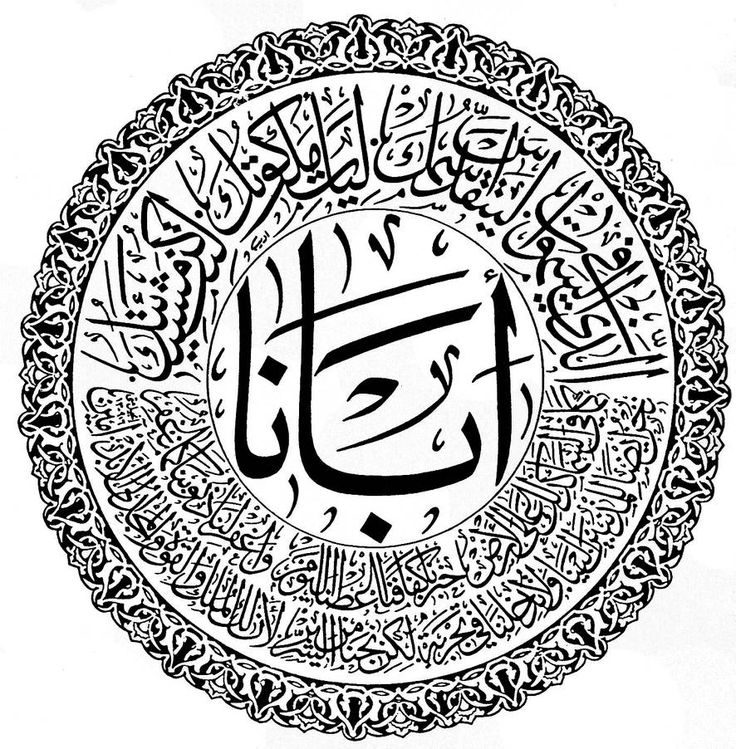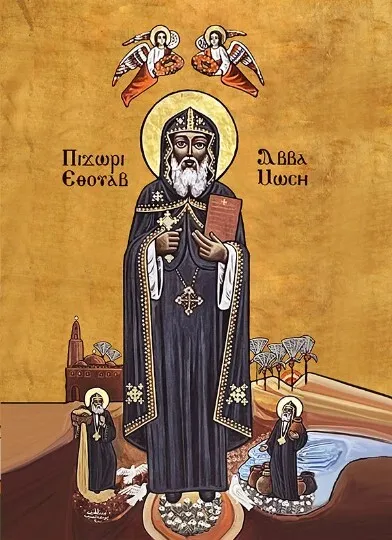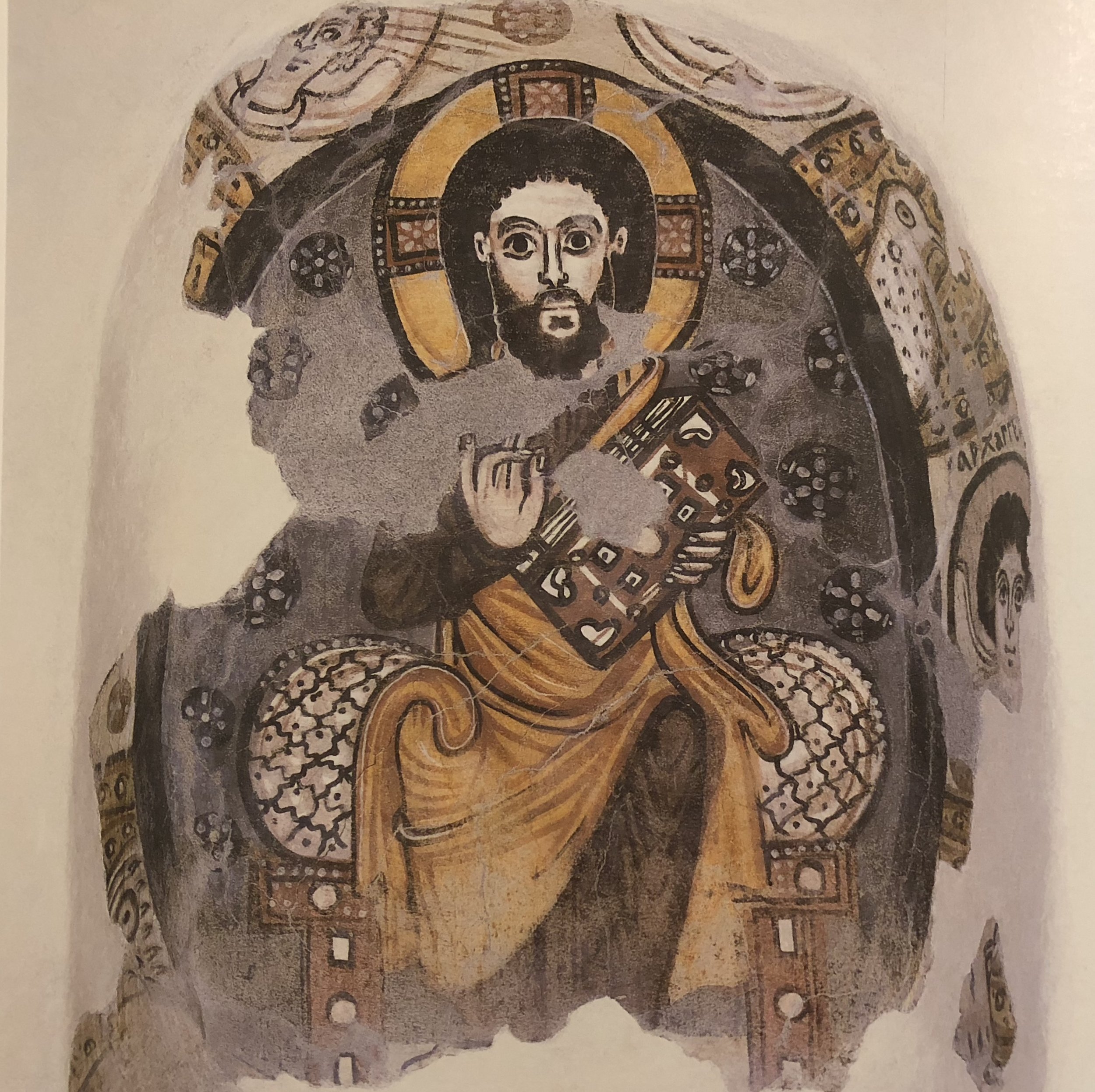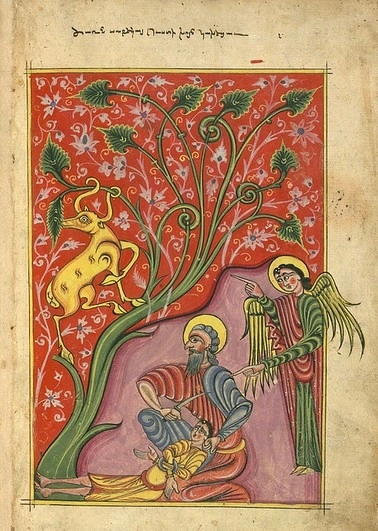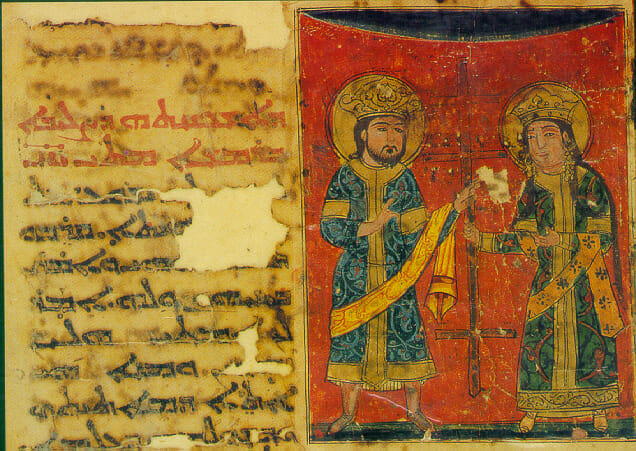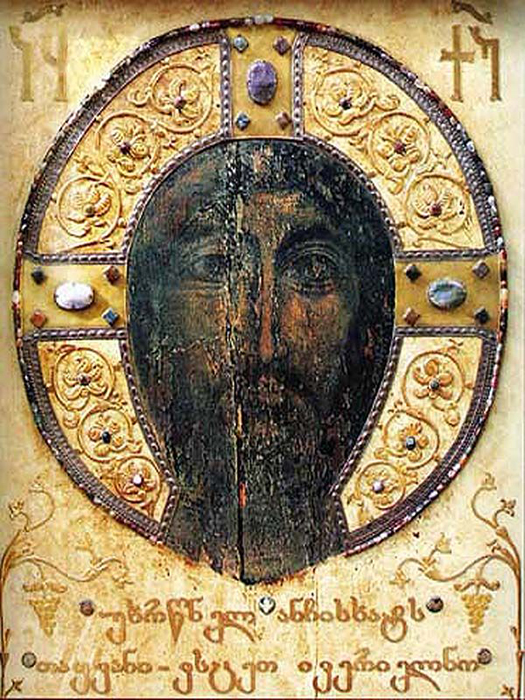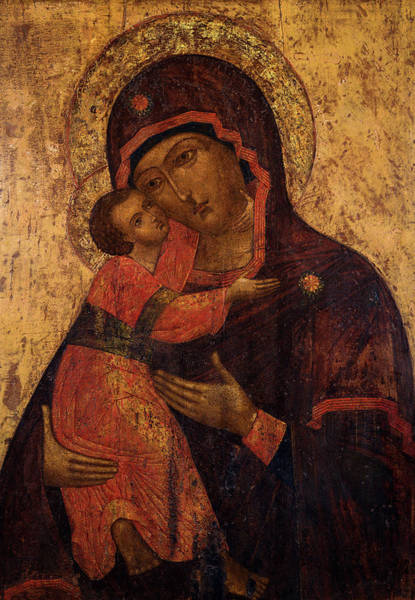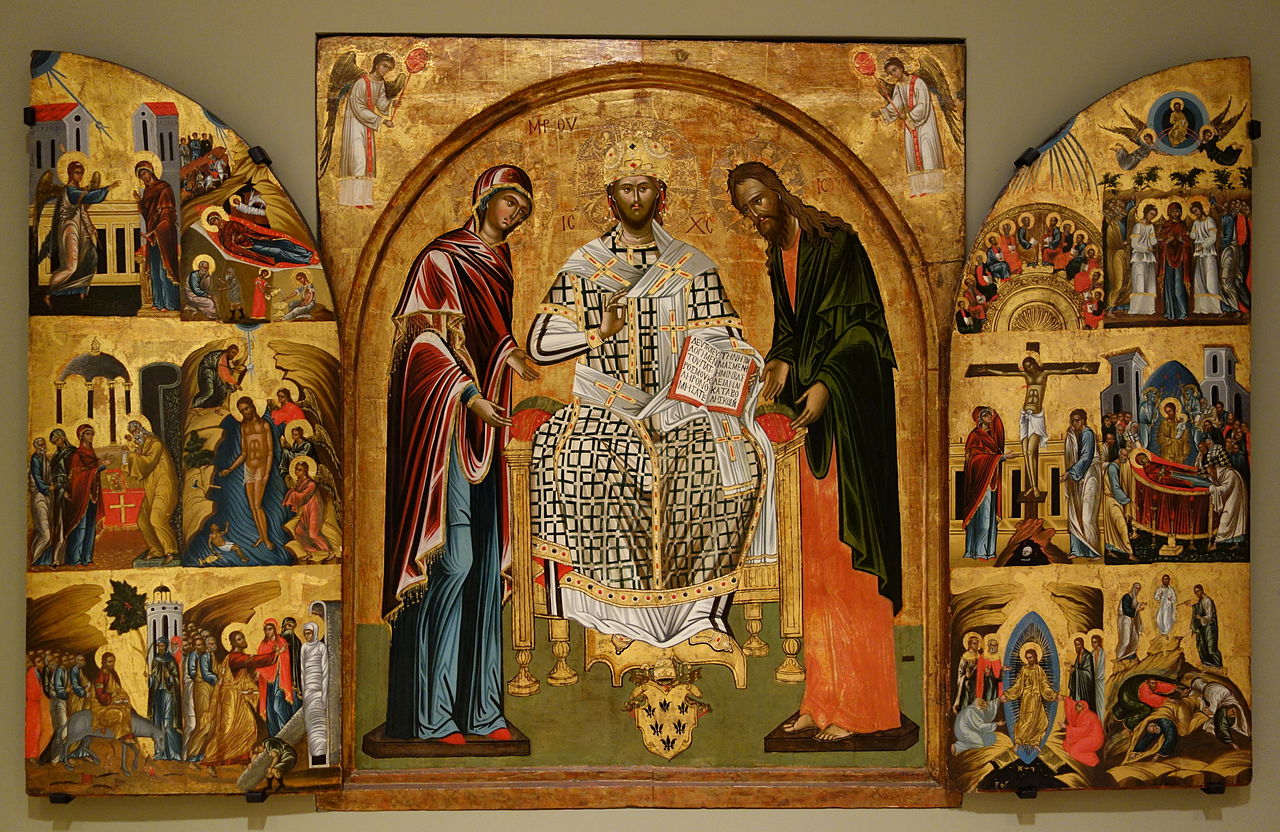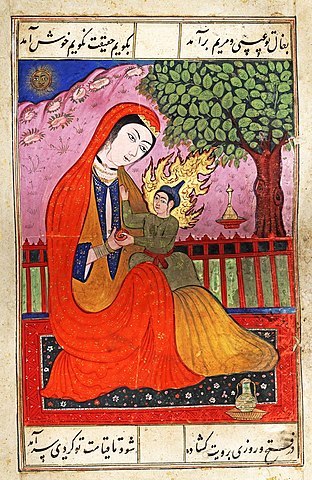
Persian Church
Christianity in Persia traces its roots to the Apostolic age, with Sts. Thomas and Bartholomew allegedly transversing the Parthian Empire. The churches that they established would be collected as a federation under the Sassanian Empire, and establish the traditions of the 'Church of the East'. Many of these documents relate to the earliest period of the church under Sassanian rule, prior to the Arab conquest.
